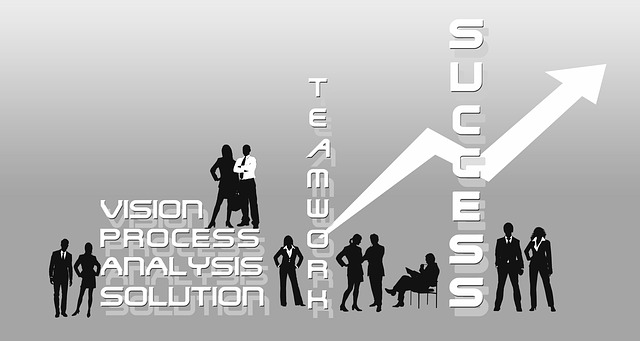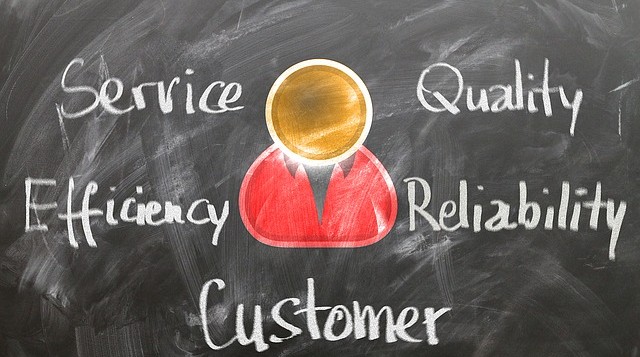ISO 14001 is an international standard. An accredited certification to this standard demonstrates a committed stance on environmental management to stakeholders. Moreover, when an organization has correctly implemented an environmental management system it ensures environmental compliance, improves environmental performance and provides a systematic and strategic approach to environmental issues.
There are many benefits to implementing ISO 14001, here are the top 5.
1. Ensuring Management Commitment
ISO 14001 requires top management to commit and lead the implementation and maintenance of best environmental practices. Engaging the leadership team will increase employee engagement. When everyone in the organization is working towards the same goal, the probabilities of achieving it increase.
2. Strengthen Stakeholder Relationships
An ISO 14001 certification can improve an organization´s reputation and improve stakeholder relationships. If a stakeholder requires ISO 14001 certification, it is obvious the relationship will improve upon certification. However, even if stakeholders do not require ISO 14001 certification, having the certification can increase stakeholder confidence.
3. Improve Business Development
If an organization is seeking for new clients, it is possible that an organization might encounter a client that requires its suppliers to be ISO 14001 certified. Thus, having certification can give organizations a competitive advantage.
4. Identify Risk and Opportunities
Every organization is different, ISO 14001 allows organizations to identify the environmental issues that apply to them. It guides organizations in the management, monitoring and control of these issues and the identification of risks and opportunities that could either enhance or prevent the achievement of their environmental goals.
5. Safeguards Process Improvement
The certification audit process can also be beneficial to an organization. A certification body audit ensures that the management system has been implemented and maintained correctly, and it also identifies opportunities for improvement and potential risks that the organization might have missed.
Organization can implement ISO 14001 without seeking certification, however, in many cases it is the certification that will give confidence to stakeholders. To find an accredited certification body visit the ISO Update Registrar Directory.











